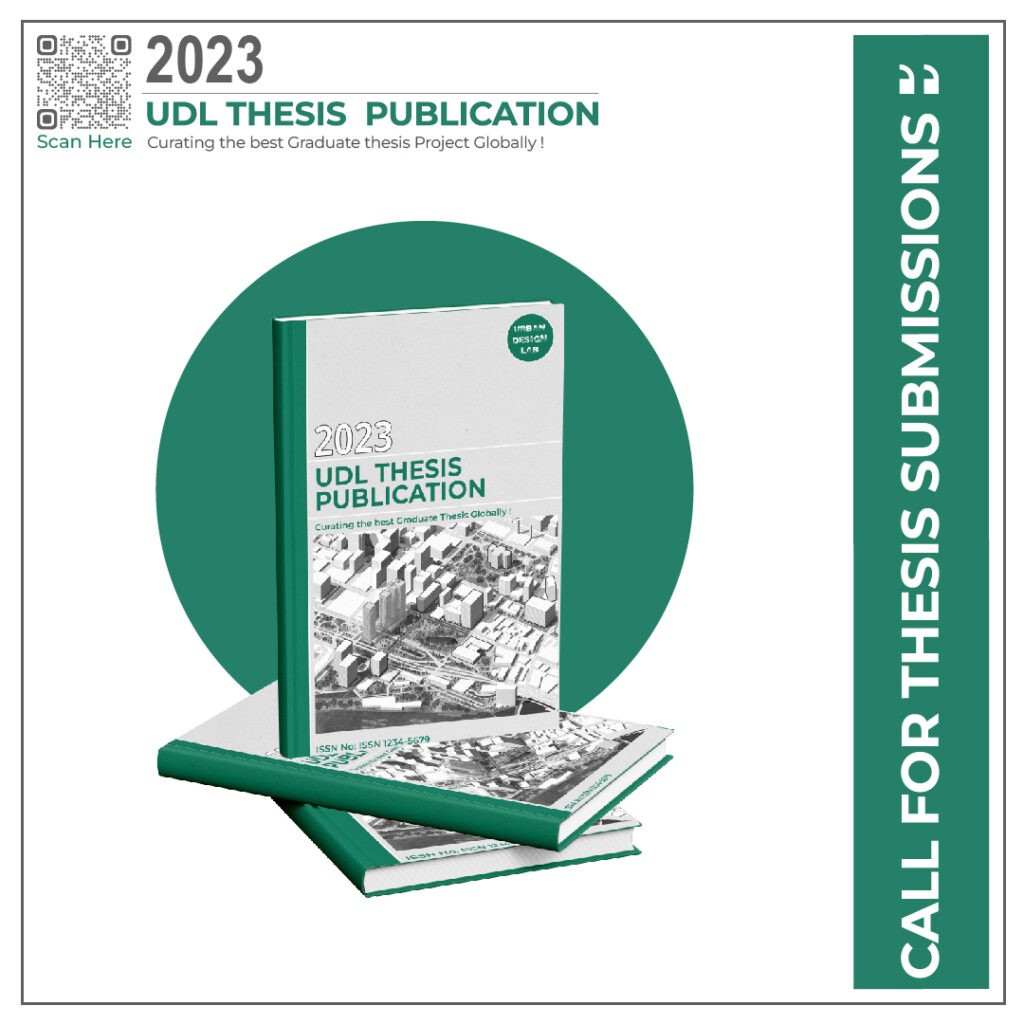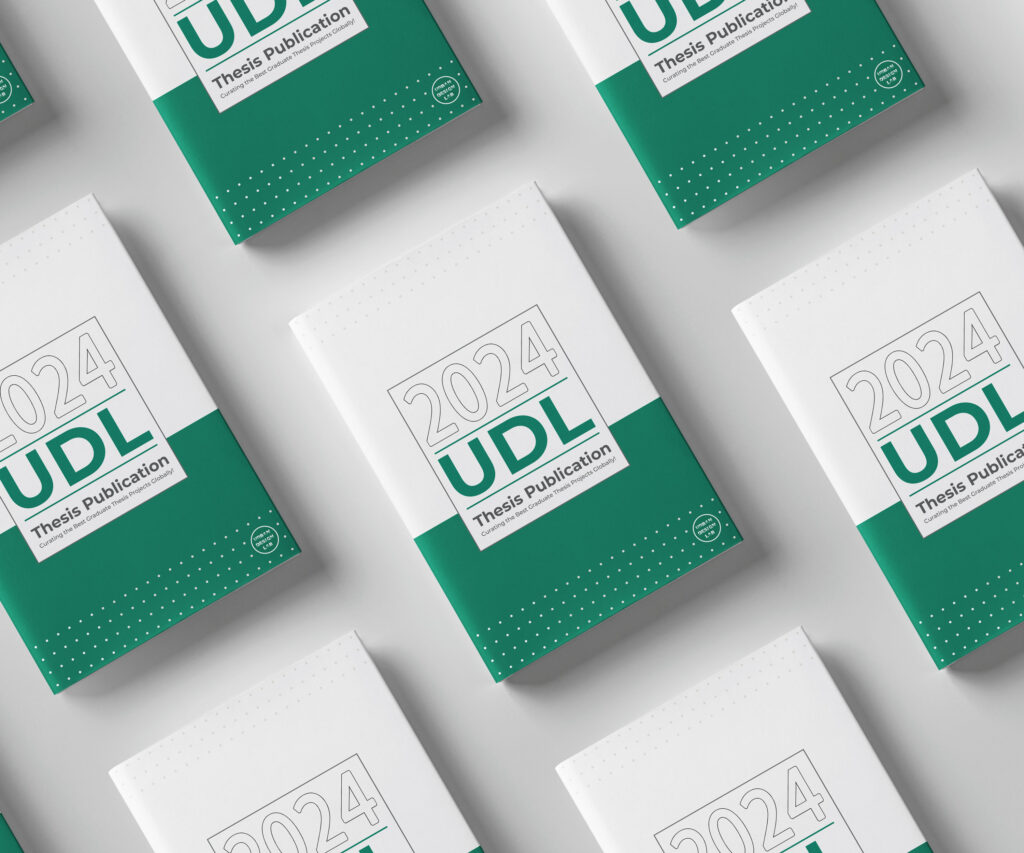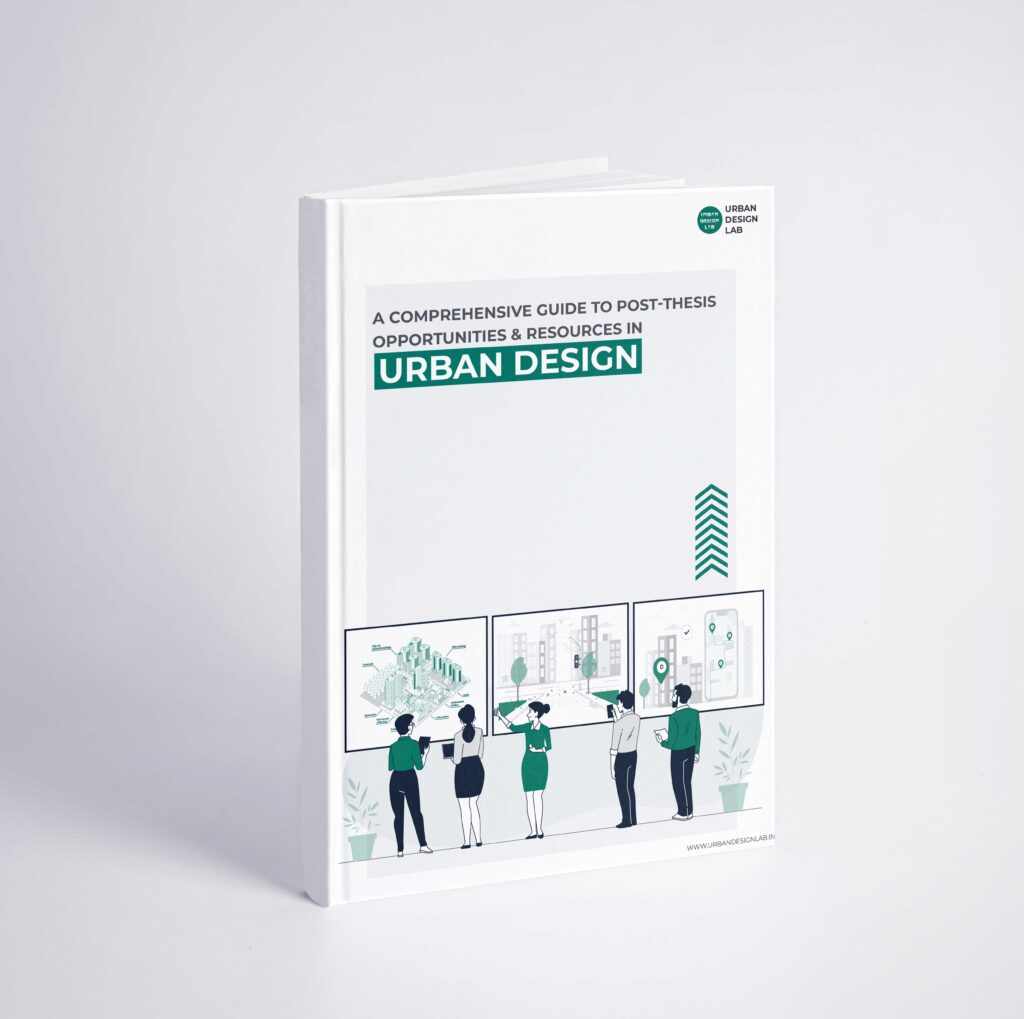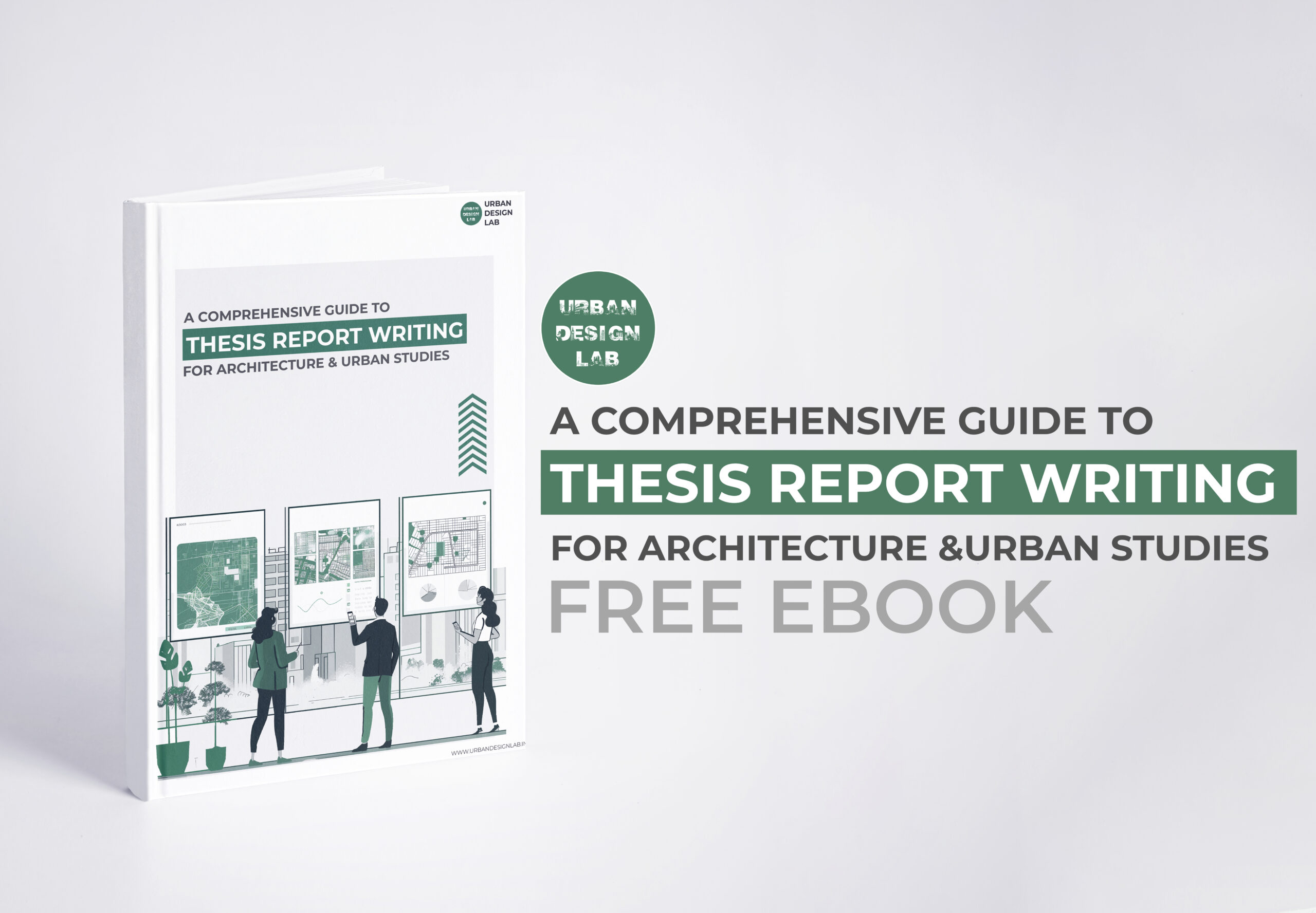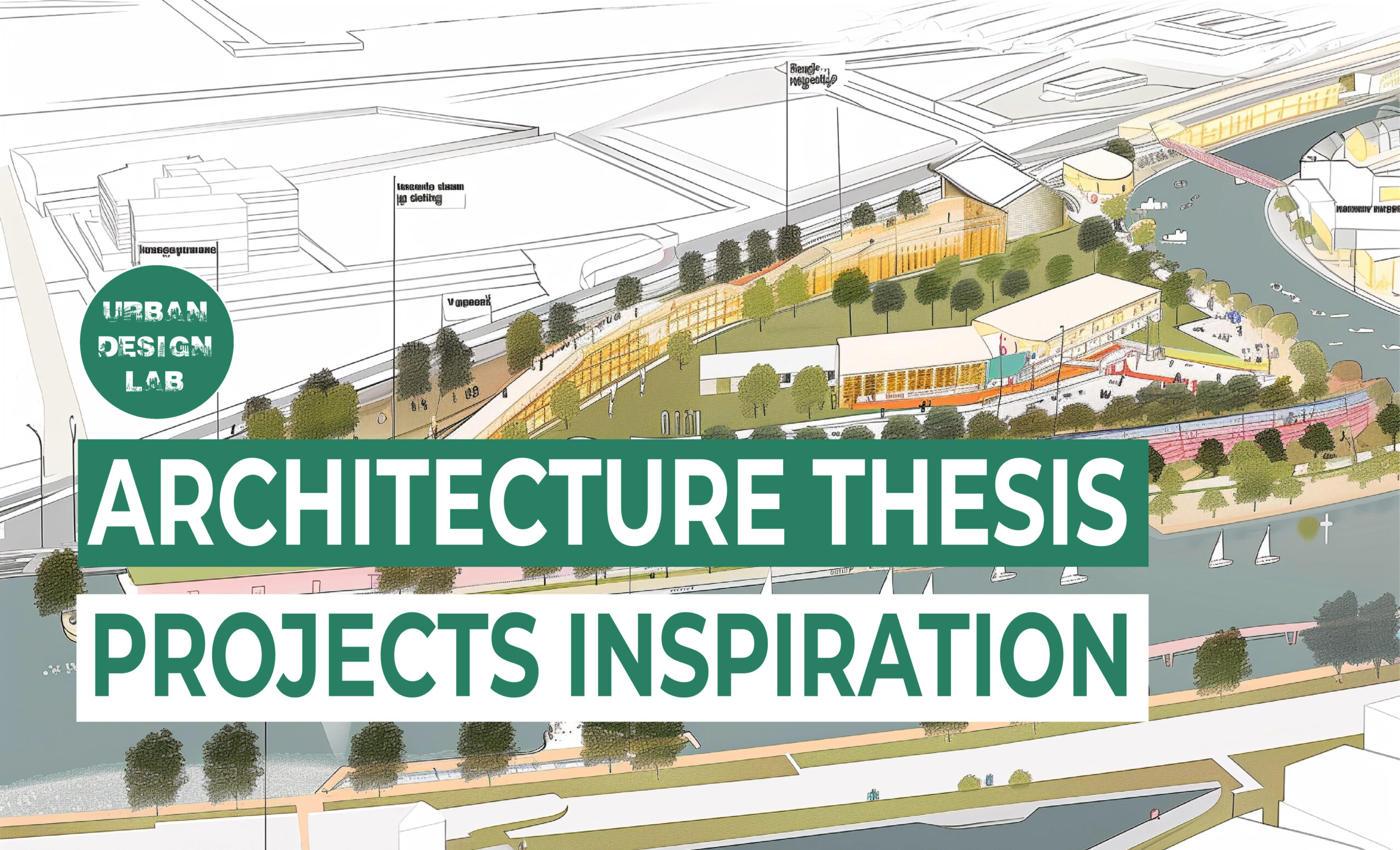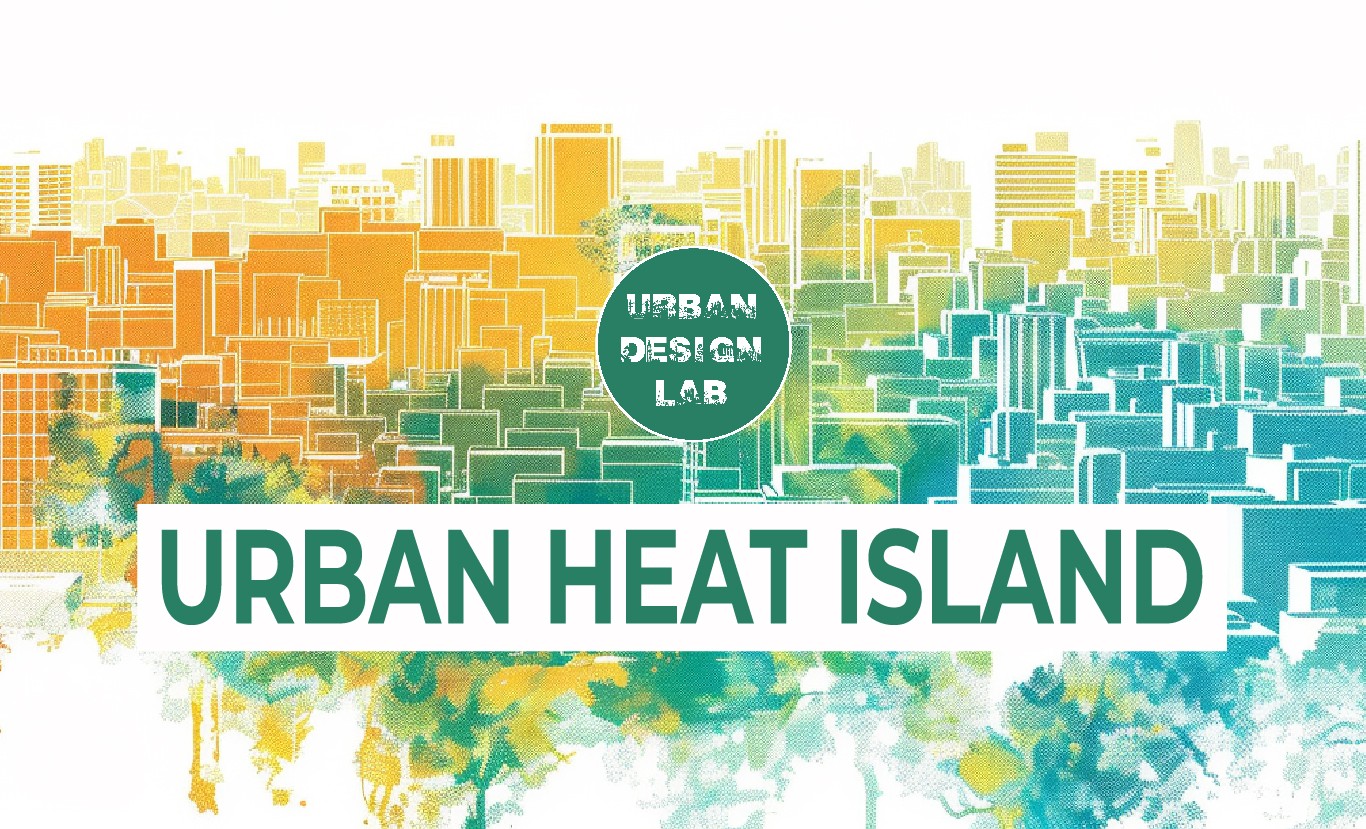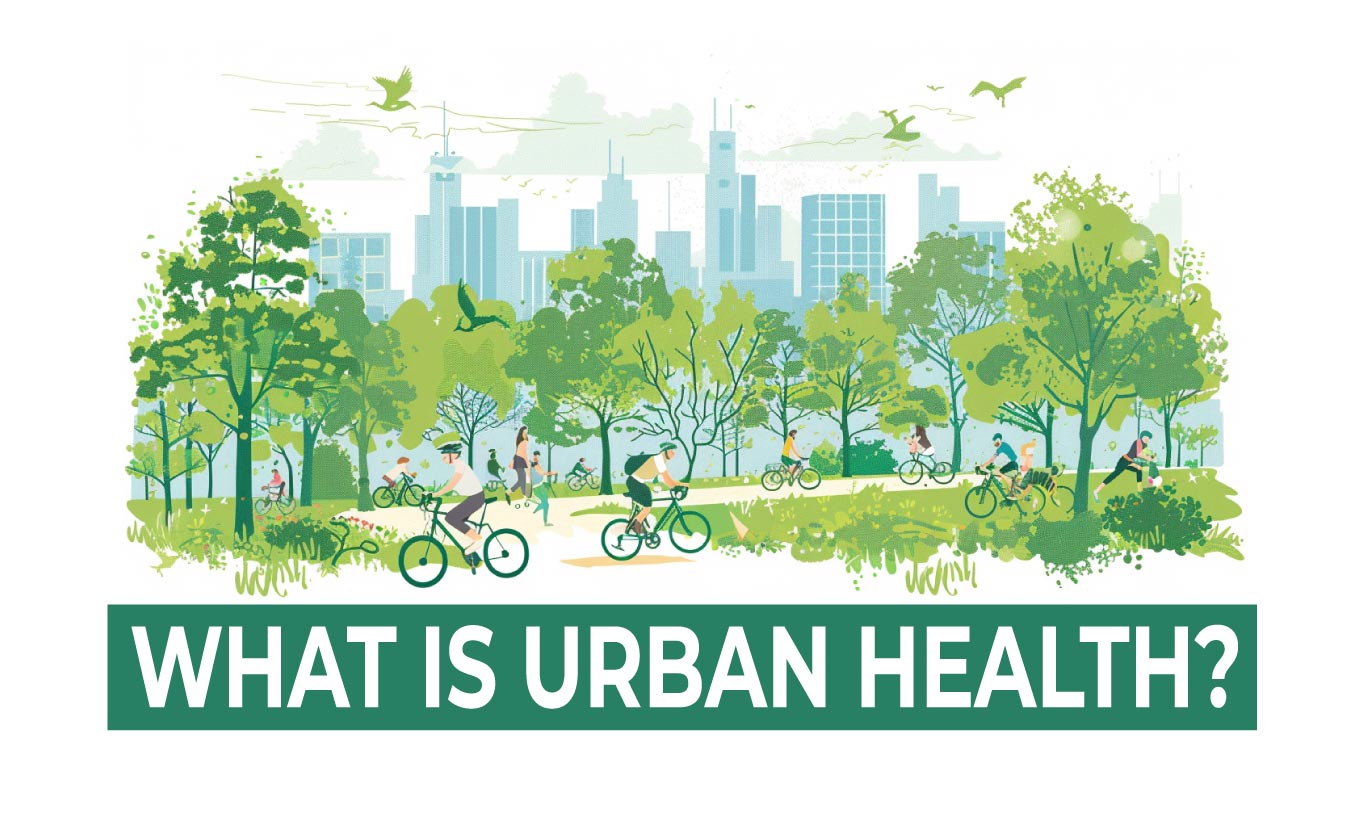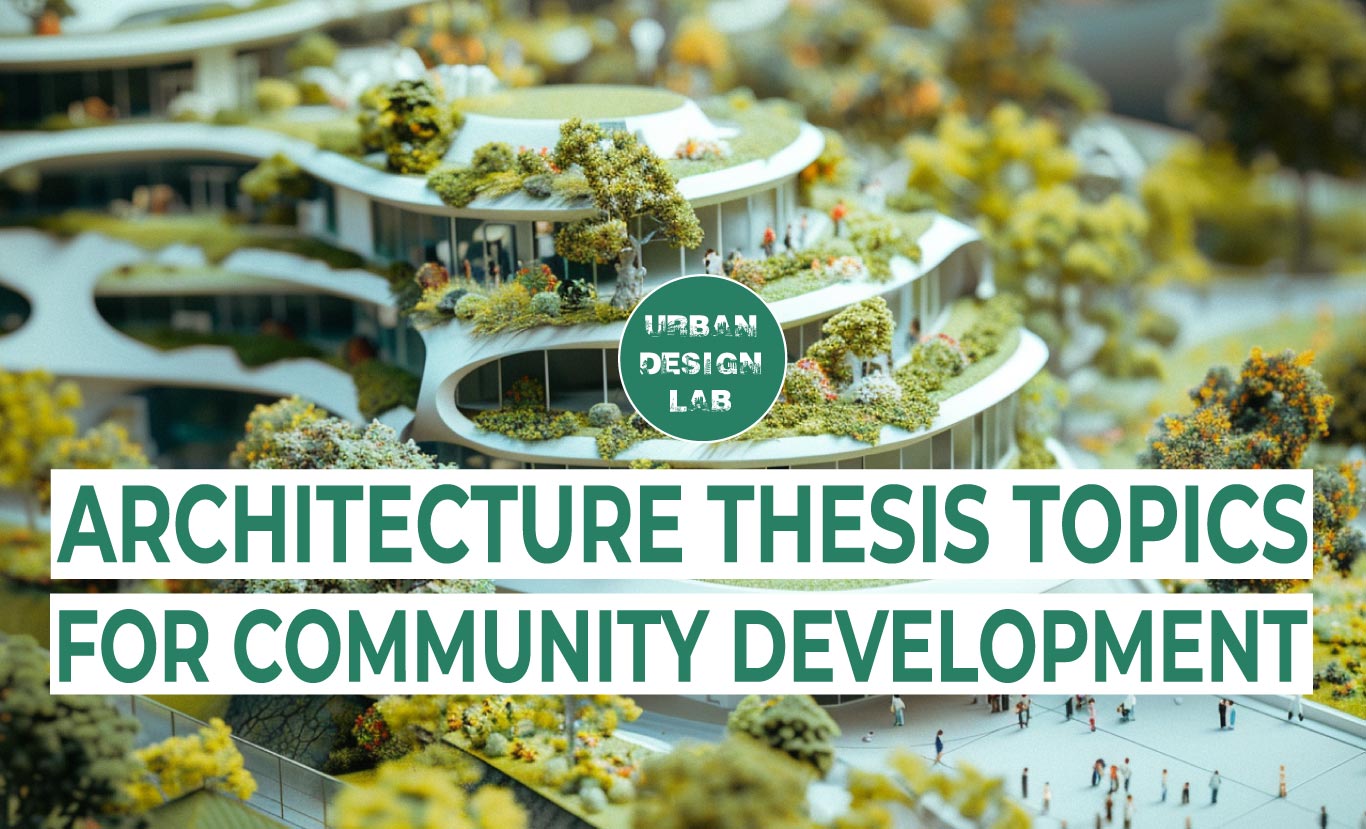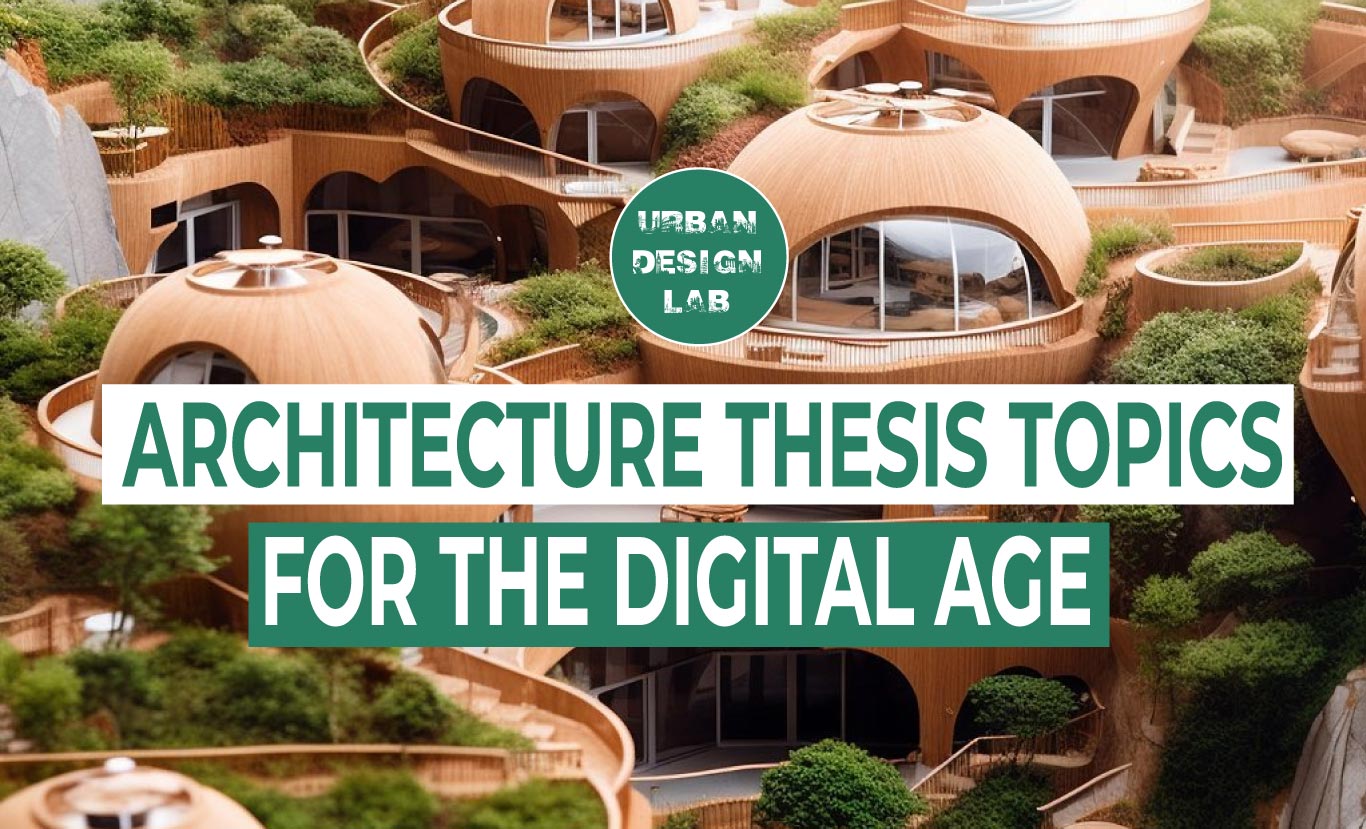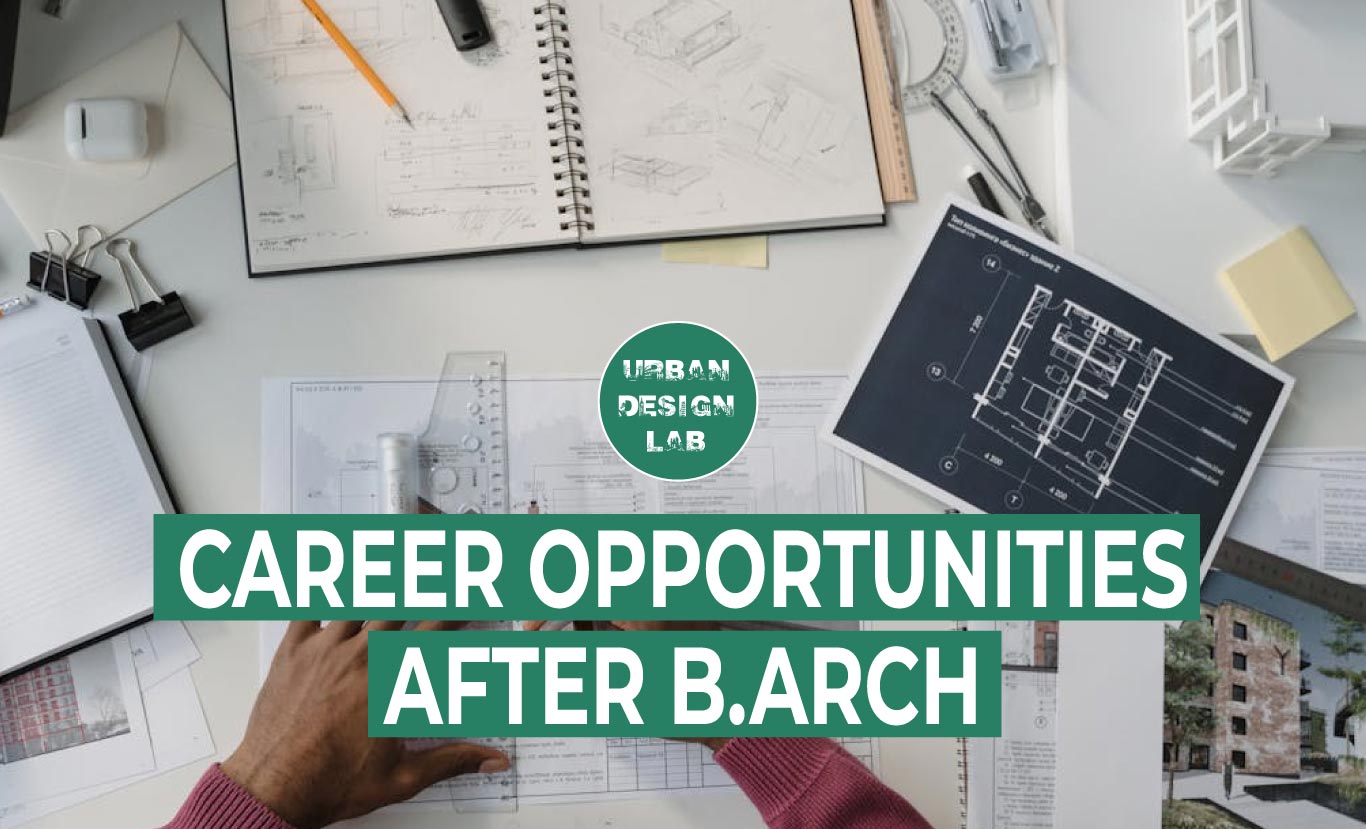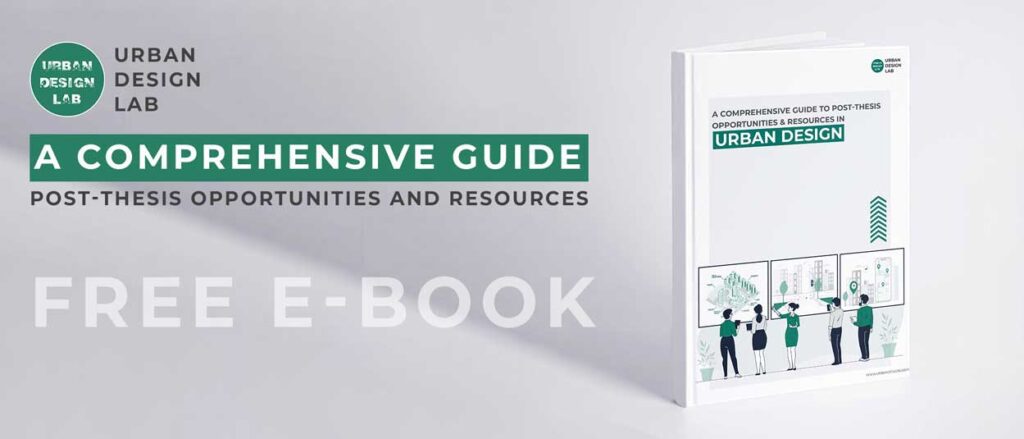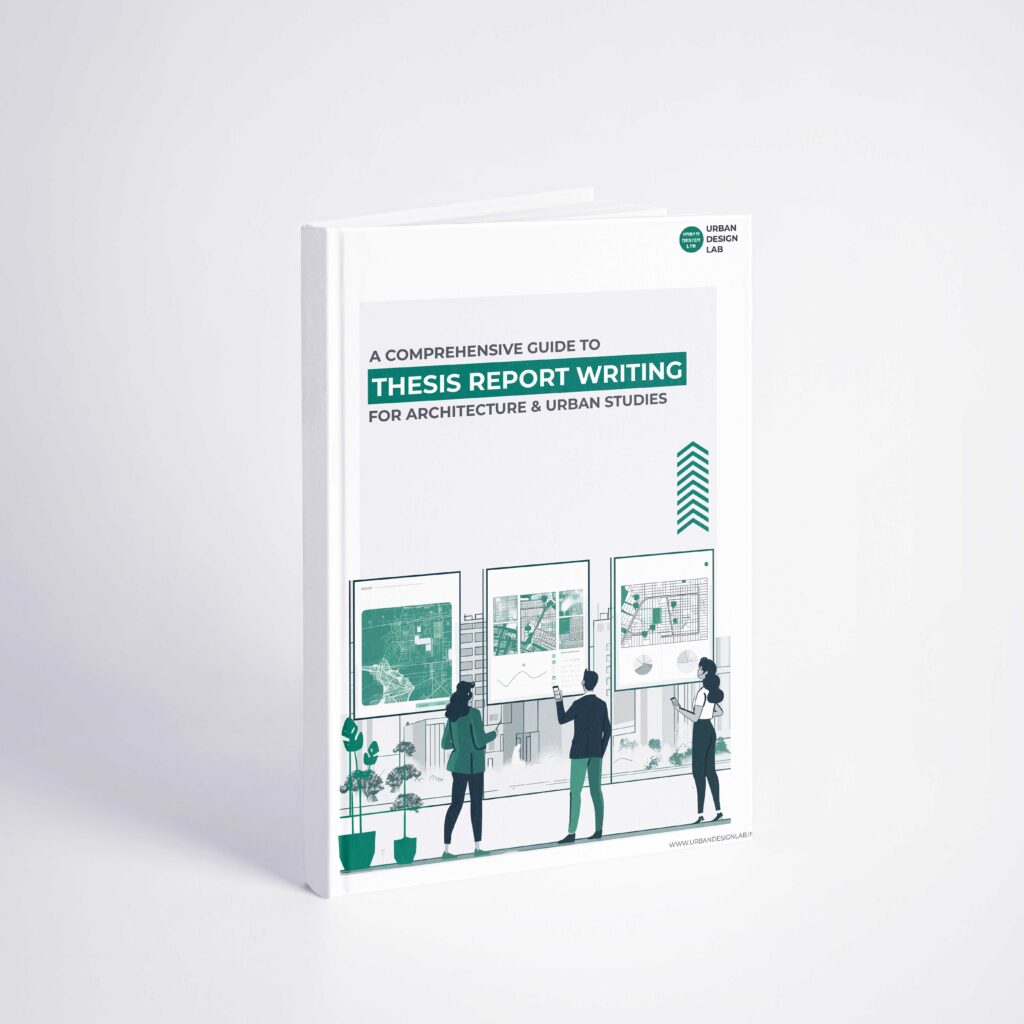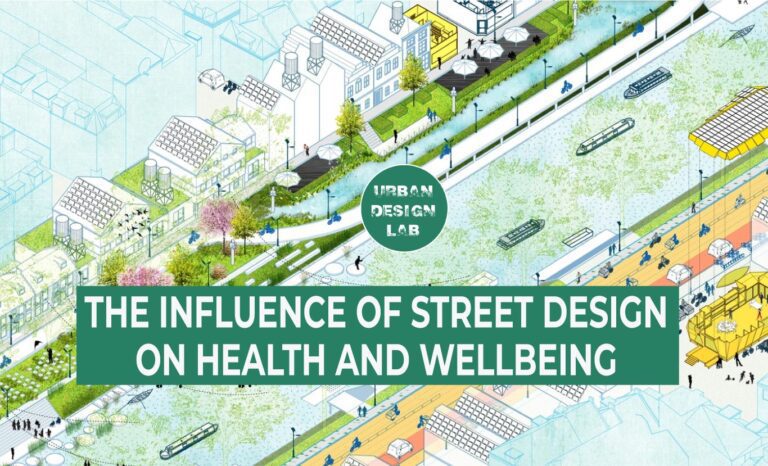
Architecture Portfolio Design Toolkit
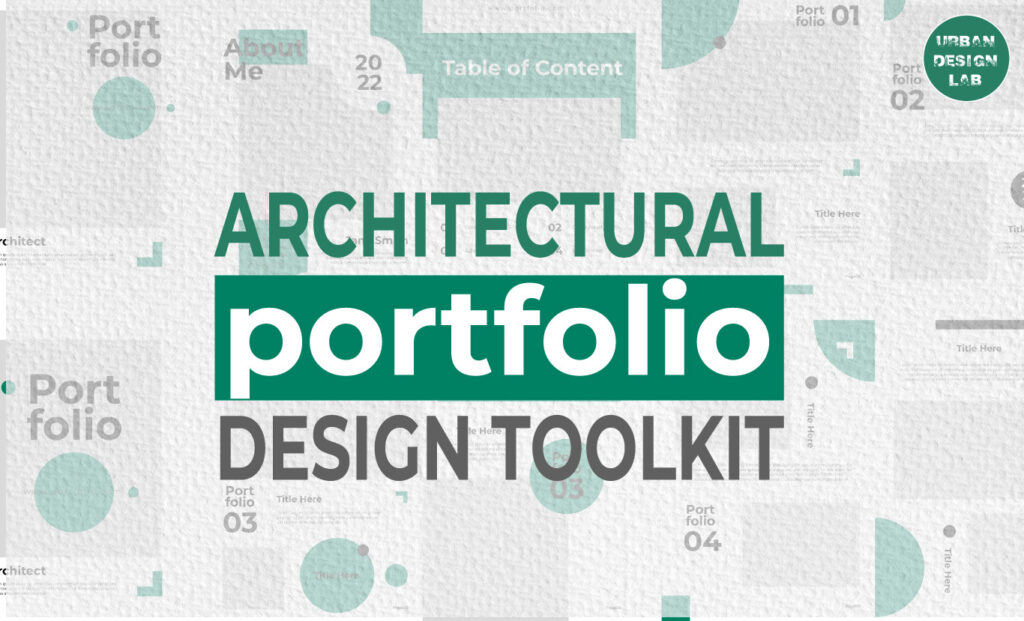
Do you want to become an architect and want to show off your work and get possible clients interested? A well-designed architecture portfolio can be a powerful tool for your career. In this article, we’ll show you how to make an impressive architecture portfolio that shows off your skills, expertise, and personal style. We’ll go through everything you need to know, from picking the correct format to making it search engine friendly, to put up a portfolio that stands out from the crowd. So let’s dive in!
UDL Thesis Publication | 2023
Curating the best Graduate Thesis Projects Globally!
Register Now | Submit Later
Understanding the Purpose of an Architecture Portfolio
Having a portfolio to show off your work as an architect is a great way to impress potential clients. It shows how you think about design, how creative you are, and how well you solve problems. A well-executed portfolio is an essential instrument for advancing one’s career because of the impression it makes on prospective clients, employers, and partners.
Before you start making your resume, you need to know why you’re making it. Your portfolio should show your best work, explain your design theory, and show how skilled you are in different architectural styles. It should also show your skills, originality, and attention to detail in a clear way. Having a firm grasp on these goals in mind will serve as a beacon while you construct your portfolio.
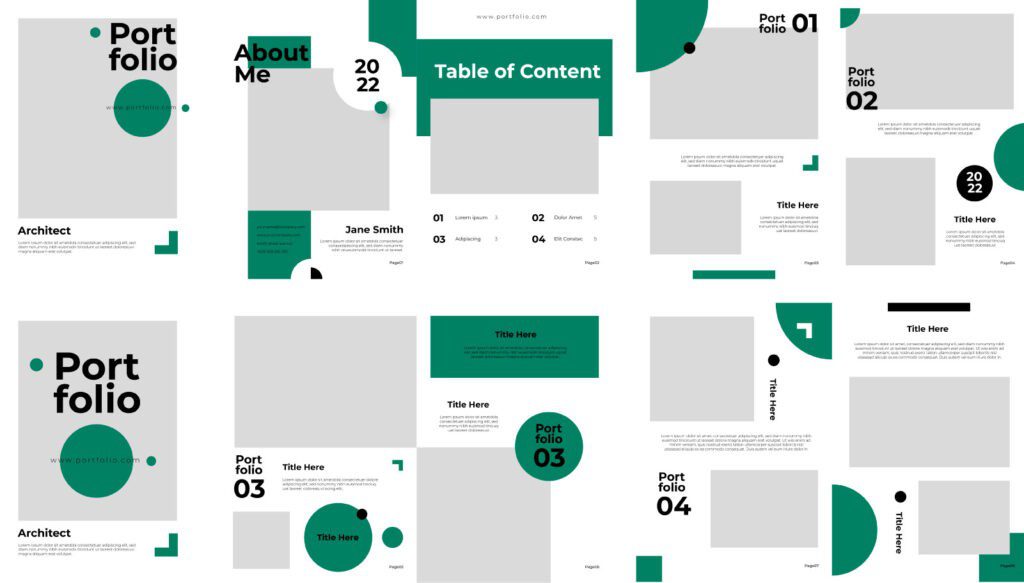
Researching and Gathering Inspiration
To get started, look at examples of other architecture portfolios online. Look for the portfolios of reputable architects or firms and evaluate the organisation, design, and presentation. Make a note of the design components that appeal to you and fit your sense of style. You can come up with ideas and hone your vision for the portfolio during this research phase.
Choosing the Right Format and Layout
Your architecture portfolio’s format and layout are essential to drawing the audience in. Depending on your target audience and how conveniently you want to offer your work, take into account both physical and digital media. No matter what medium you choose—a classic print portfolio, a digital PDF, or a dedicated website—make sure it matches your design sensibility and makes it simple to navigate.
UDL Thesis Publication | 2023
Curating the best Graduate Thesis Projects Globally!
Register Now | Submit Later
Showcasing Your Projects and Work Samples
Your portfolio’s main goal should be to display your architectural projects and work examples. Include a wide variety of tasks to show off your adaptability and knowledge. For an impressive presentation of your work, go with high-quality images like professional photographs and renderings. To build a seamless story, arrange your work in a logical sequence, such as by chronology or typology.
Highlighting Your Skills and Expertise
It’s essential to demonstrate your talents and experience in addition to showcasing your work. Make a distinct area where you can highlight your architectural skills, such as mastery of design software, familiarity with sustainable methods, or practical knowledge of a particular building type. This section will provide potential clients and employers with a comprehensive understanding of your capabilities.

Writing Compelling Project Descriptions
Include appealing descriptions with each project that clearly communicate the design concept, the difficulties encountered, and your strategy for resolving them. Use a conversational tone and write succinctly and interestingly. Avoid using a lot of jargon and technical phrases that could alienate or confuse non-architects. Consider crafting a tale while describing the significance and usefulness of your creations.
Incorporating Visuals and Graphics
The visual and graphic components of an architecture portfolio are crucial. Include floor plans, sketches, and diagrams to give a complete picture of your design process. Infographics and data visualisations can also be useful for explaining difficult concepts or eco-friendly design principles. Make sure the graphics are well-designed, simple to grasp, and improve your portfolio’s overall appeal.

Creating a User-Friendly Navigation
Your portfolio should have an intuitive navigational structure whether it is in physical or digital form. Use tabs, dividers, and labels to categorise various areas and projects in a physical portfolio. Make sure there is a simple way to access particular projects and pertinent information in a digital portfolio by establishing a clear menu layout. The navigation should be simple so that viewers can easily explore your work.
Adding Testimonials and References
Consider adding endorsements and references from prior customers or companies to your portfolio to boost it even more. Positive reviews and recommendations can boost your credibility and improve your reputation in the business world. To substantiate your assertions, pick references that highlight particular traits or accomplishments and strategically distribute them across your portfolio.
Showcasing Your Unique Branding
Your architecture portfolio is an opportunity to showcase your unique branding and personal style. Consistently use your logo, colour scheme, and font across the portfolio. Keep a consistent visual style that reflects your design philosophy. You will differentiate yourself from the competition and leave a lasting impression on potential customers thanks to this branding.
Updating and Maintaining Your Portfolio
An architecture portfolio is a living, ongoing record of your career path rather than a static document. Update your portfolio frequently to reflect your most recent endeavours, abilities, and accomplishments. To keep current and pertinent, discard old work and improve the design. You exhibit your growth and adaptability as an architect by routinely updating and maintaining your portfolio.
Promoting Your Portfolio
Creating an impressive architecture portfolio is only the first step. To maximize its impact, you need to actively promote it. Publish your portfolio on multiple websites, social networking sites, business networks, and websites that are relevant to your field. Join the architectural community, take part in design challenges, and look for occasions to exhibit your work at gatherings or conferences.
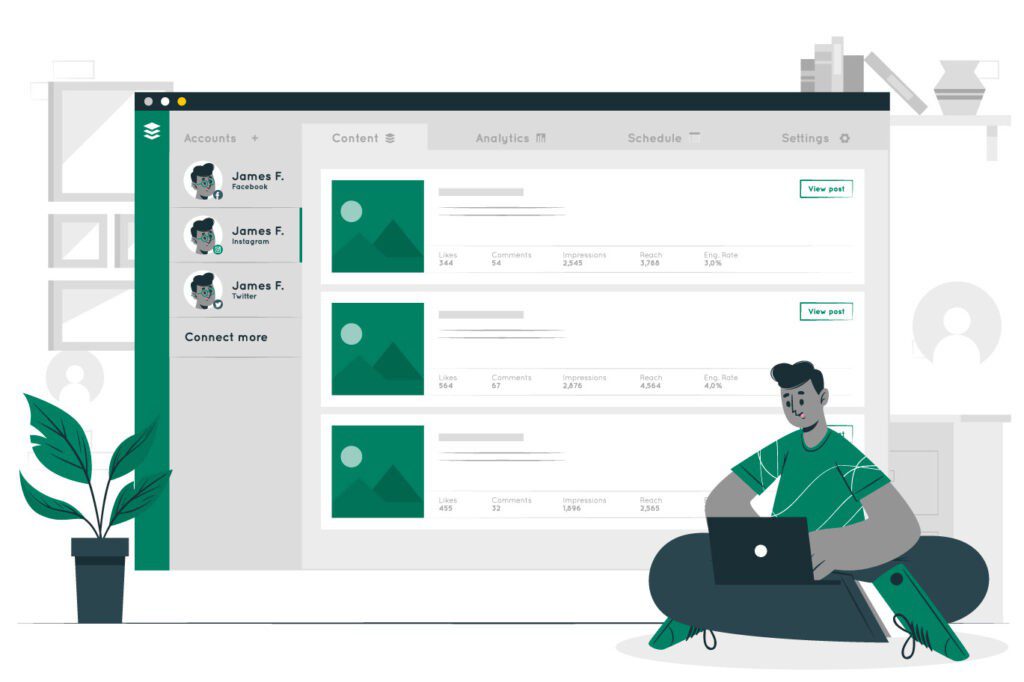
Cover Letter
To provide a polished finishing touch, it is crucial to include a well-crafted cover letter with your job application. Take the time to identify the appropriate recipient and tailor the letter specifically to the position you are applying for. Personalizing your cover letter in this way will demonstrate your attentiveness and make it more relevant to the hiring manager, significantly increasing your chances of leaving a positive initial impact.
UDL Thesis Publication | 2023
Curating the best Graduate Thesis Projects Globally!
Register Now | Submit Later
Conclusion
A lot of thought and attention to detail must go into creating an architecture portfolio. You may build an appealing portfolio that successfully displays your abilities, knowledge, and individual style by using the strategies indicated in this article. Keep in mind that updating and marketing your portfolio often can help you stay relevant in the cutthroat architectural market. Create an excellent portfolio of your architectural work right away to open up new professional options.
A Comprehensive Guide
Post-Thesis Opportunities & Resources
FREE E-BOOK
Related articles

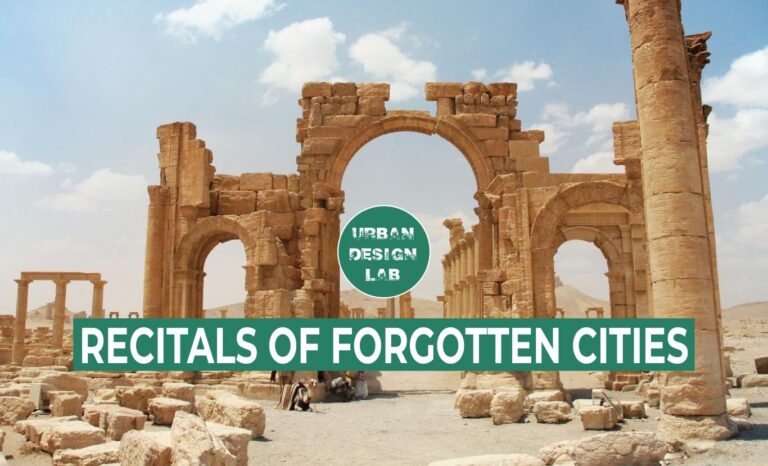
Recitals of Forgotten Cities
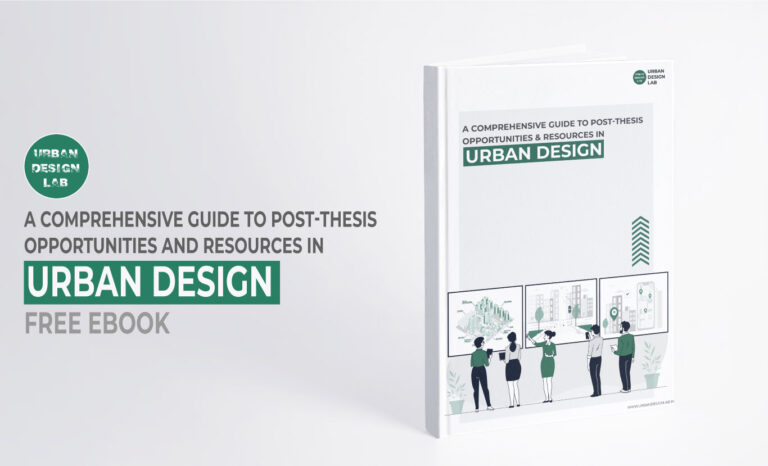
A Comprehensive Guide to Post-Thesis Opportunities and Resources in Urban Design | Free eBook
Leave a Reply
UDL Photoshop
Masterclass
Decipher the secrets of
Urban Mapping and 3D Visualisation
Session Dates
4th-5th May, 2024
Recent Posts
- Article Posted:
- Article Posted:
- Article Posted:
- Article Posted:
- Article Posted:
- Article Posted:
- Article Posted:
- Article Posted:
- Article Posted:
- Article Posted:
- Article Posted:
- Article Posted:
Sign up for our Newsletter
“Let’s explore the new avenues of Urban environment together “


